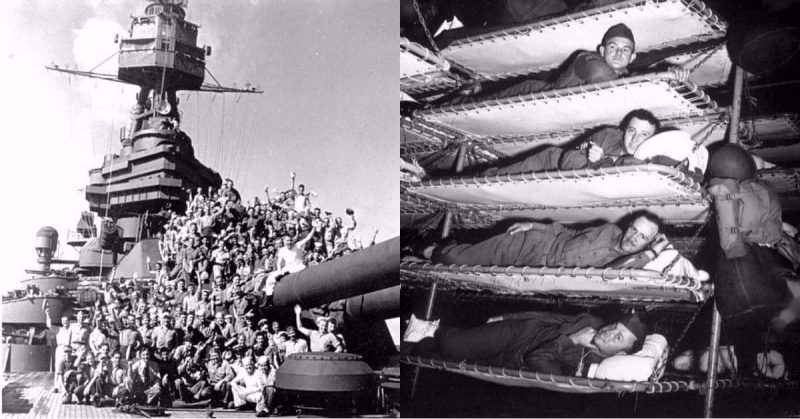The TV miniseries Band of Brothers provided information about WWII to many people. While some of the facts in the show were exaggerated, was the points system used for returning home accurate? If the points system was part of the demobilization of American troops, what was it based on?
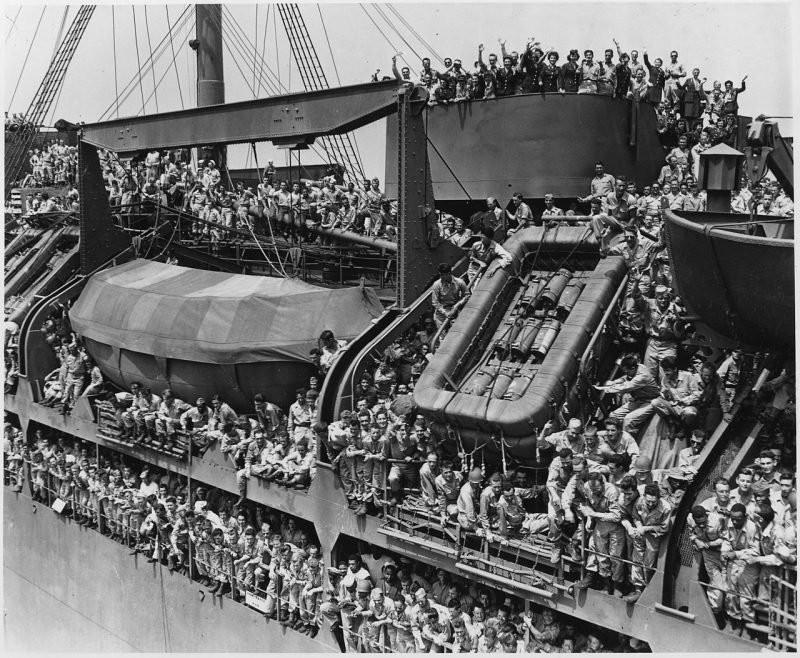
The points system in Band of Brothers is one of the historically accurate aspects of the show. At the end of the war, the American public demanded the rapid demobilization of overseas troops. This resulted in Operation Magic Carpet.
As part of the operation, American troops were classified into four categories.
Category I was units which would remain in Europe.
Category II was the troops that would be re-deployed to the Pacific arena.
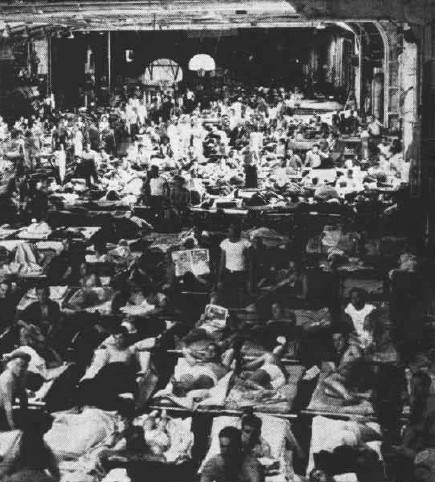
Category III was troops to be reorganized and retrained before being placed in Categories I and II.
Category IV was troops that were to return to the US to be deactivated and discharged. This category consisted of soldiers who qualified for a discharge from the armed forces based on the points system.
In Band of Brothers, a soldier needed 85 points to be able to return home. This is accurate, as this was the number of points required to be placed in Category IV.
There were some soldiers at the end of the war who had accumulated over 140 points. In these cases, the number was rounded down to 85.
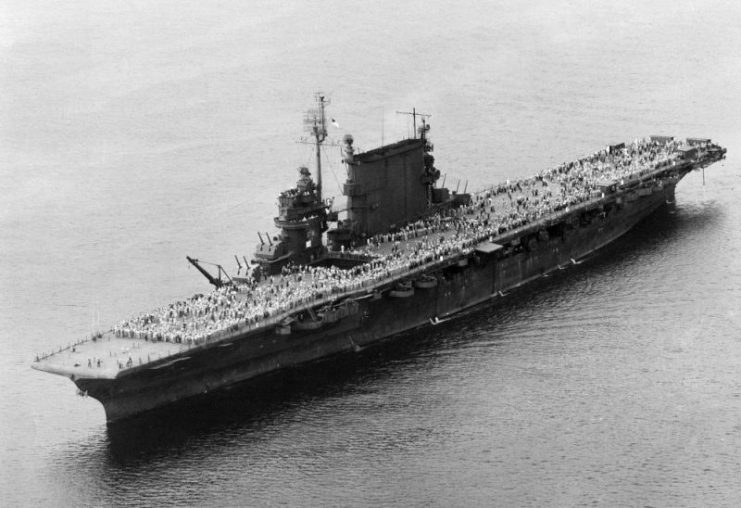
To earn points, certain activities would need to be carried out by the soldiers. No points were given for age or marital status.
Men who had three or more dependent children under the age of eighteen were eligible for Category IV placement. This was done regardless of the number of points they had earned during their service.
A single point was given for each month of military service. One point was also earned for each month of overseas military service. These points accumulated together with overseas soldiers earning two points per month.
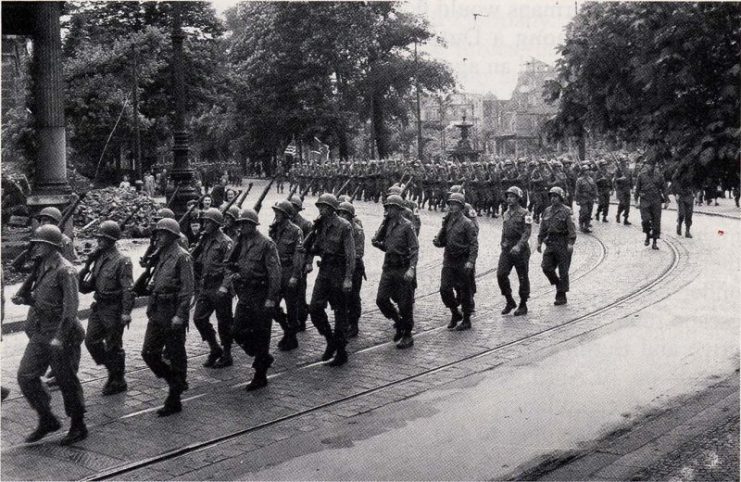
Five points were given for combat awards. The awards included the Distinguished Service Cross, the Medal of Honor, the Purple Heart, and the Soldier’s Medal. It did not include the Combat Infantryman Badge which caused contention among the soldiers.
Five points were also provided for each campaign participation star. Campaigns and battles were only accepted from a predetermined list and did not include all campaigns.
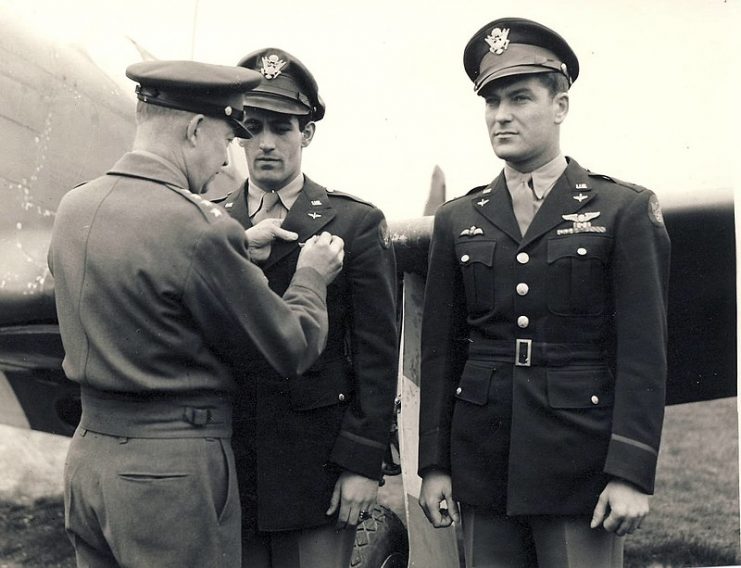
The highest number of points awarded was 12 and this was for dependent children under the age of 18. No points were provided for dependent children over the age of 18.
An example of these points in action would be a soldier who served three years in the army including one year overseas, had a dependent child, and fought in Central Europe campaigns.
For his years in service, he would be awarded 36 points and 12 points for his time overseas. He would get 12 points for his dependent child and five for the Central Europe campaign. This would result in him having 65 points which is not enough to be sent back home.
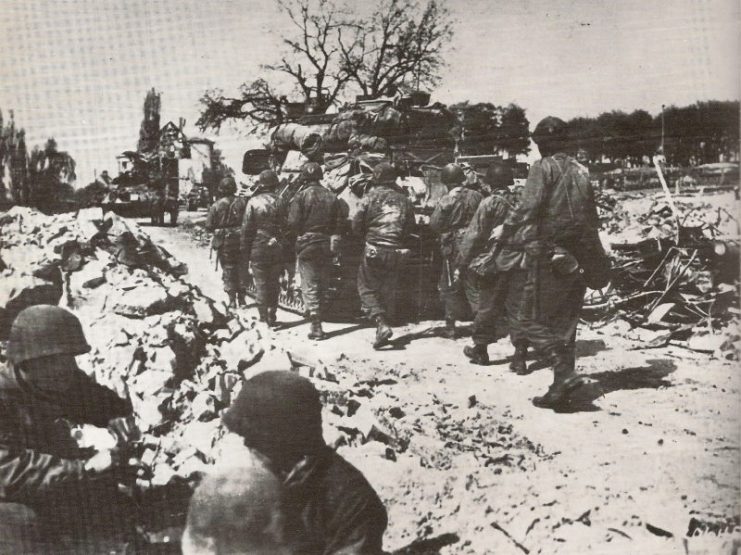
The points needed to be placed in Category IV varied depending on rank and troop class. For most of the forces, 85 points were needed. Officers also required 85 points, but this was revised down to 80 points just after VJ Day.
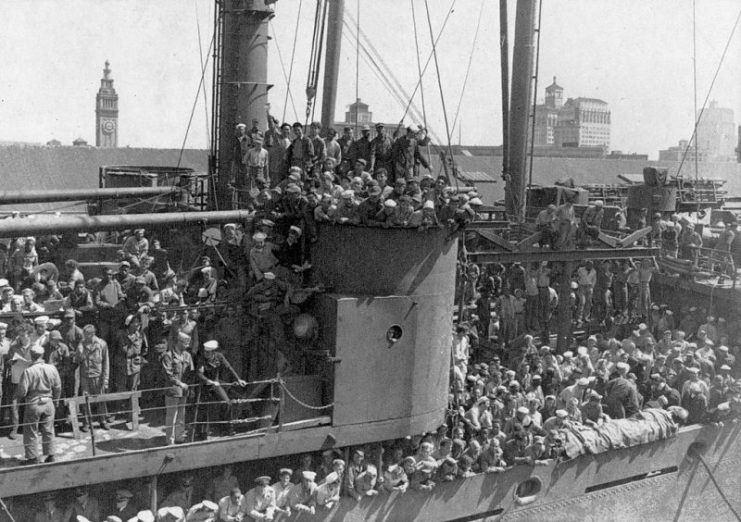
The points required for medical personnel also varied depending on department.
MAC troops required 88 points while MC troops needed 85. The Nurses Corps required 71 points, physical therapists needed 65 points while dietitians and hygienists required 62 points.
The discharge program for medical personnel ended in July 1945 as there was a demand for these troops in the Pacific.
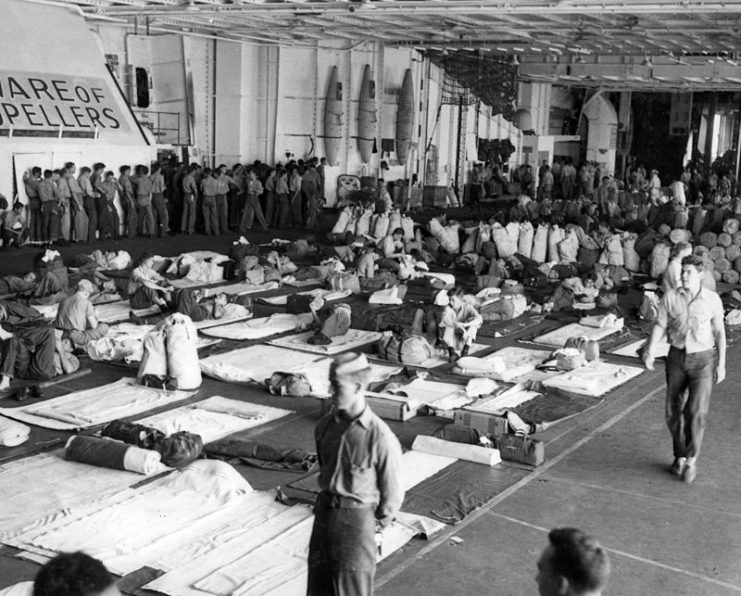
The points system was controversial with the troops, particularly the infantrymen. They believed that the system unfairly favored rear-echelon troops as the Combat Infantryman Badge was not part of the awards.
These men felt the threat they faced as front-line troops was not considered in the points system.
In the months following the end of the war, the points system was adjusted. The point threshold for demobilization was lowered and the categories were redesignated. The categories were changed to Occupation Forces, Redeployment Forces, and Liquidation Forces.
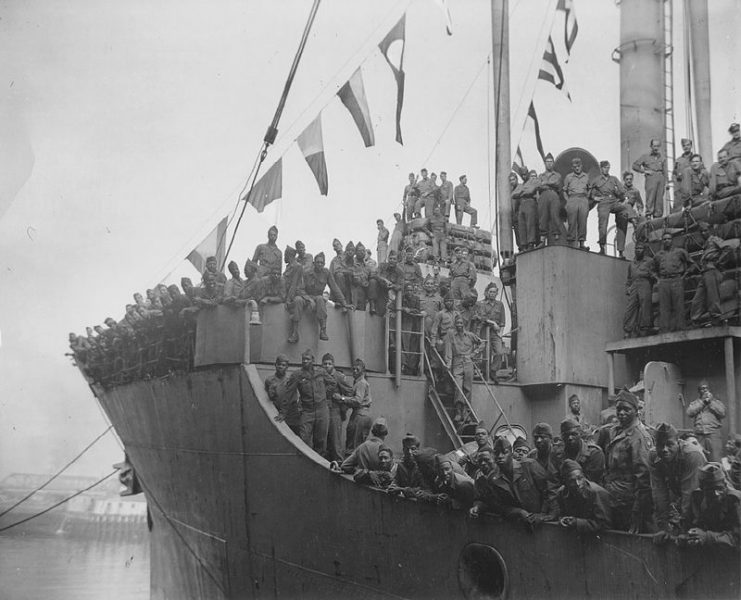
To be eligible for Liquidation Forces categorization, the troops were required to have between 60 to 79 points. This adjusted system led to problems in post-war occupied Germany as many experienced officers and NCOs were discharged.
In December 1945, a new policy was started and was based on the points system and length of service.
Read another story from us: Clearing up the battlefields of WWII
Under the new policy, officers would need 70 points and four years of military service to be discharged. Women’s Army Corps officers would require 37 points and medical officers 55 points. All enlisted men would require 45 points and four years of service while enlisted women required 32 points.
